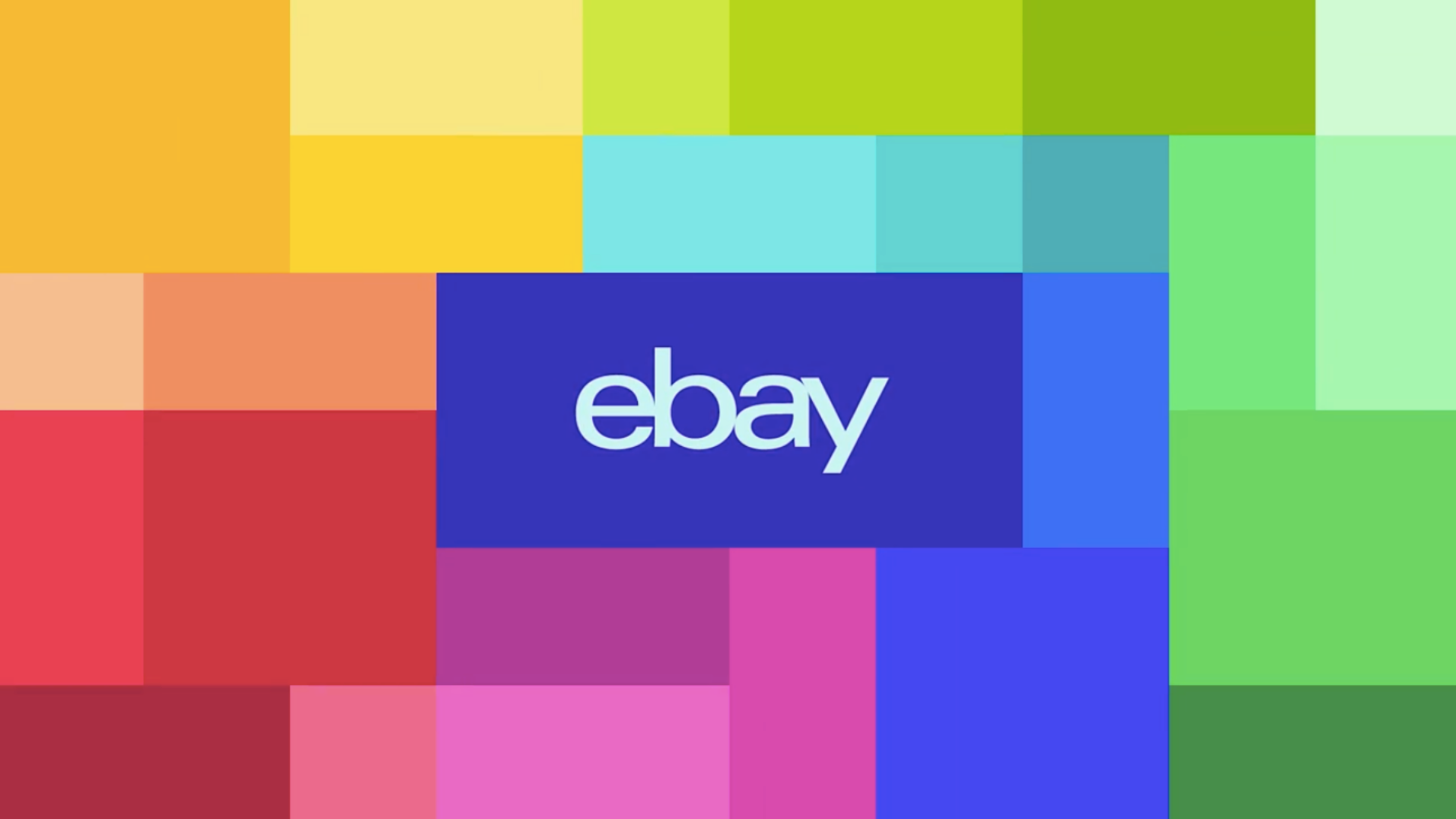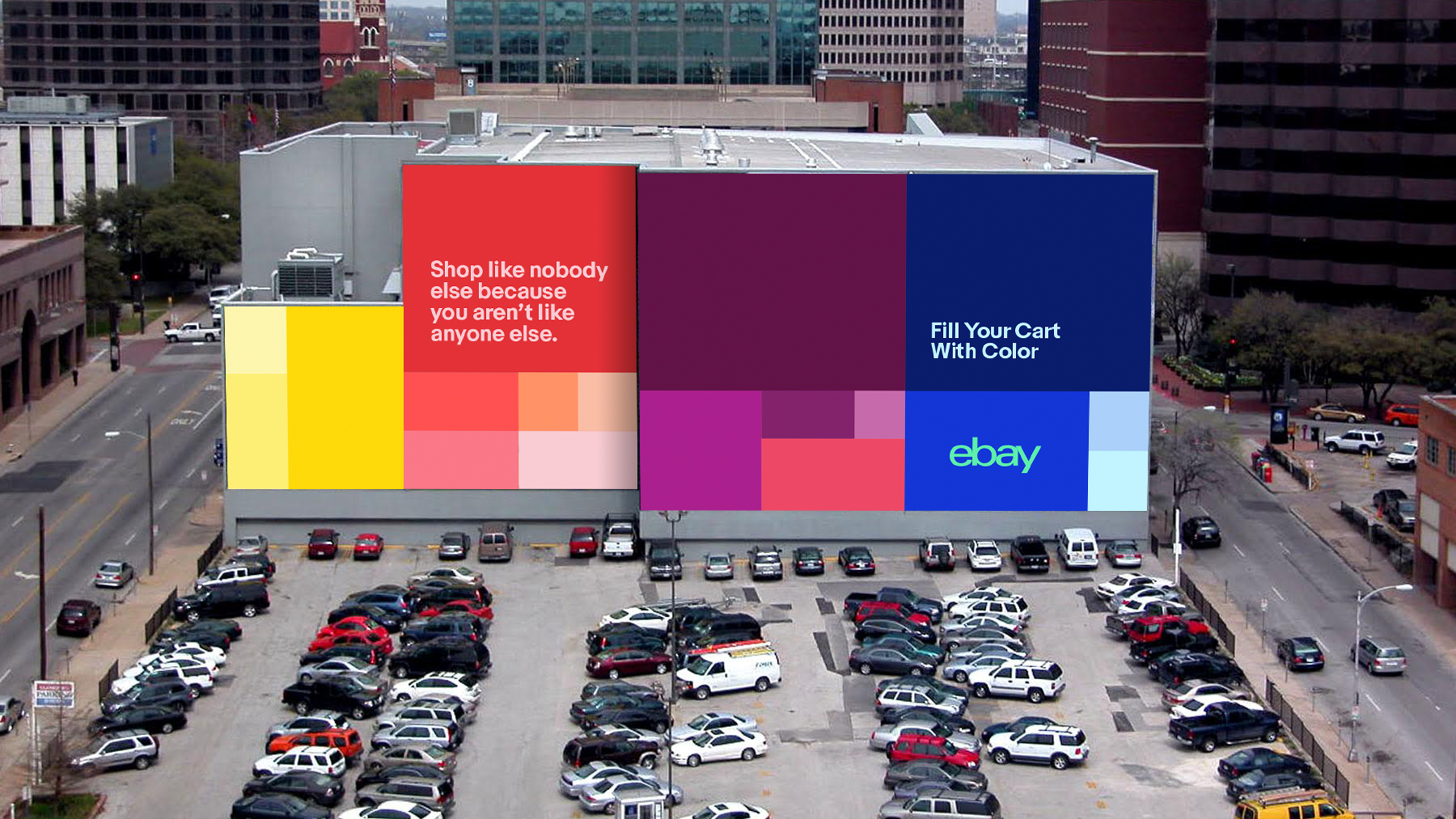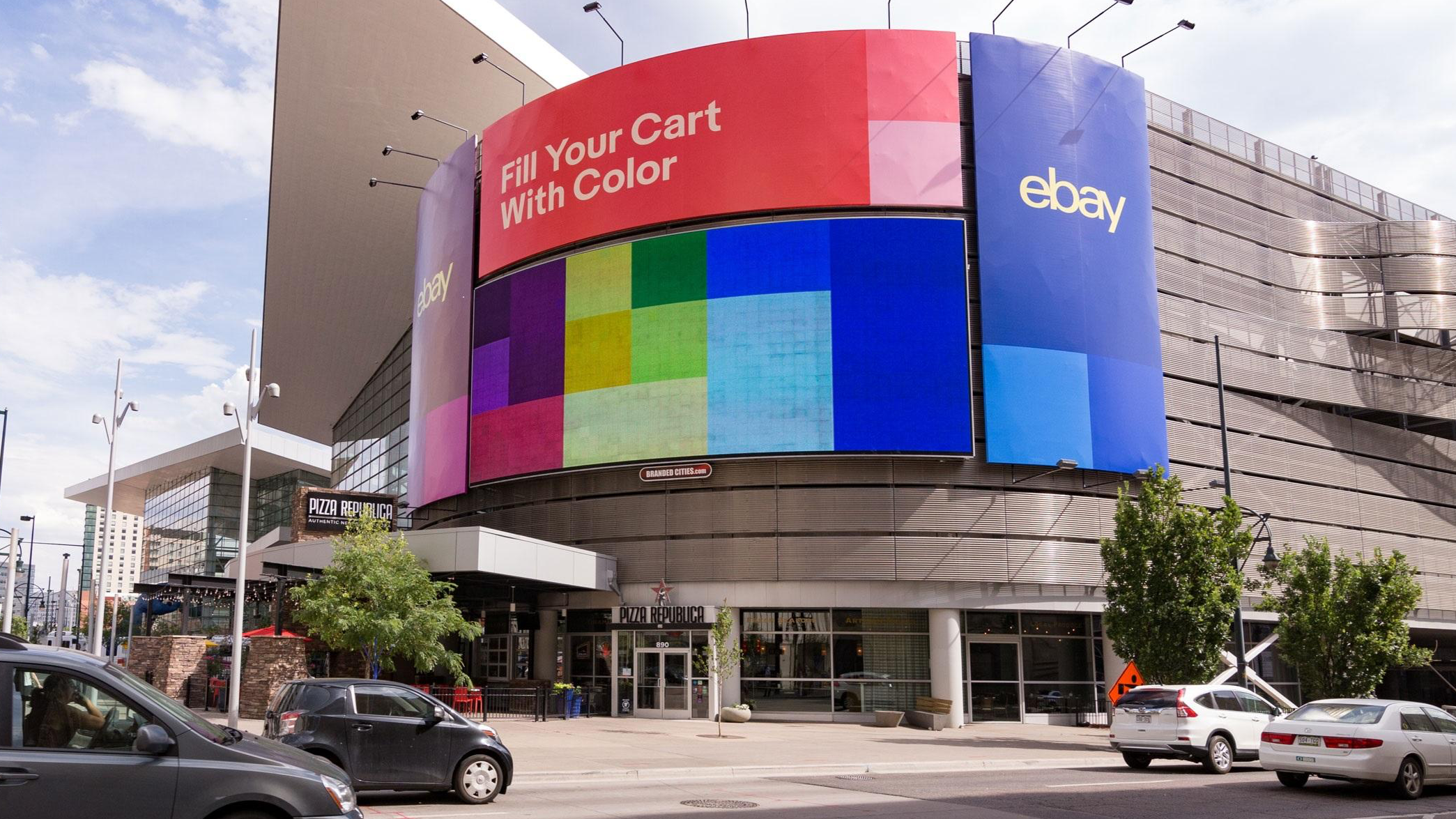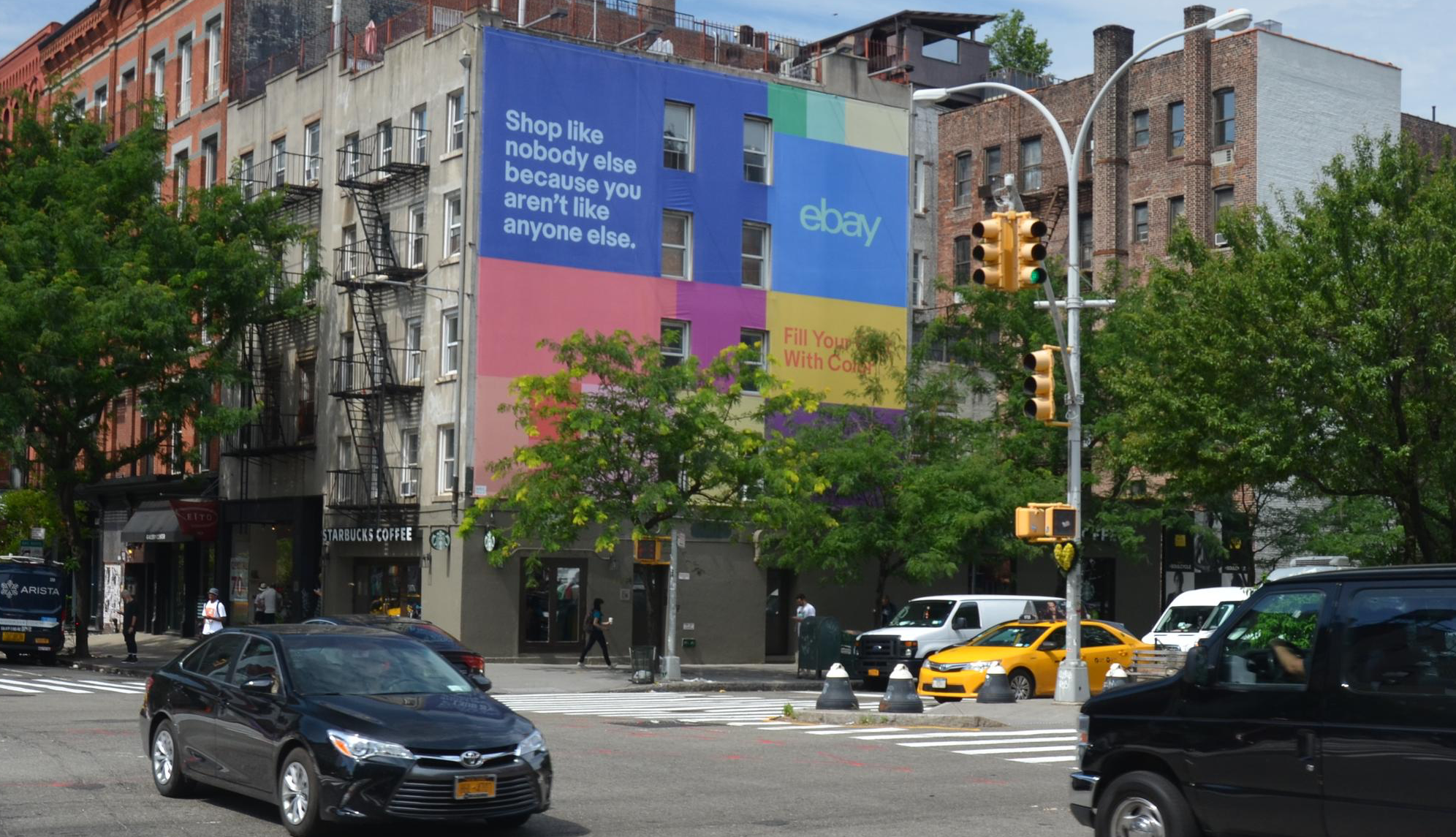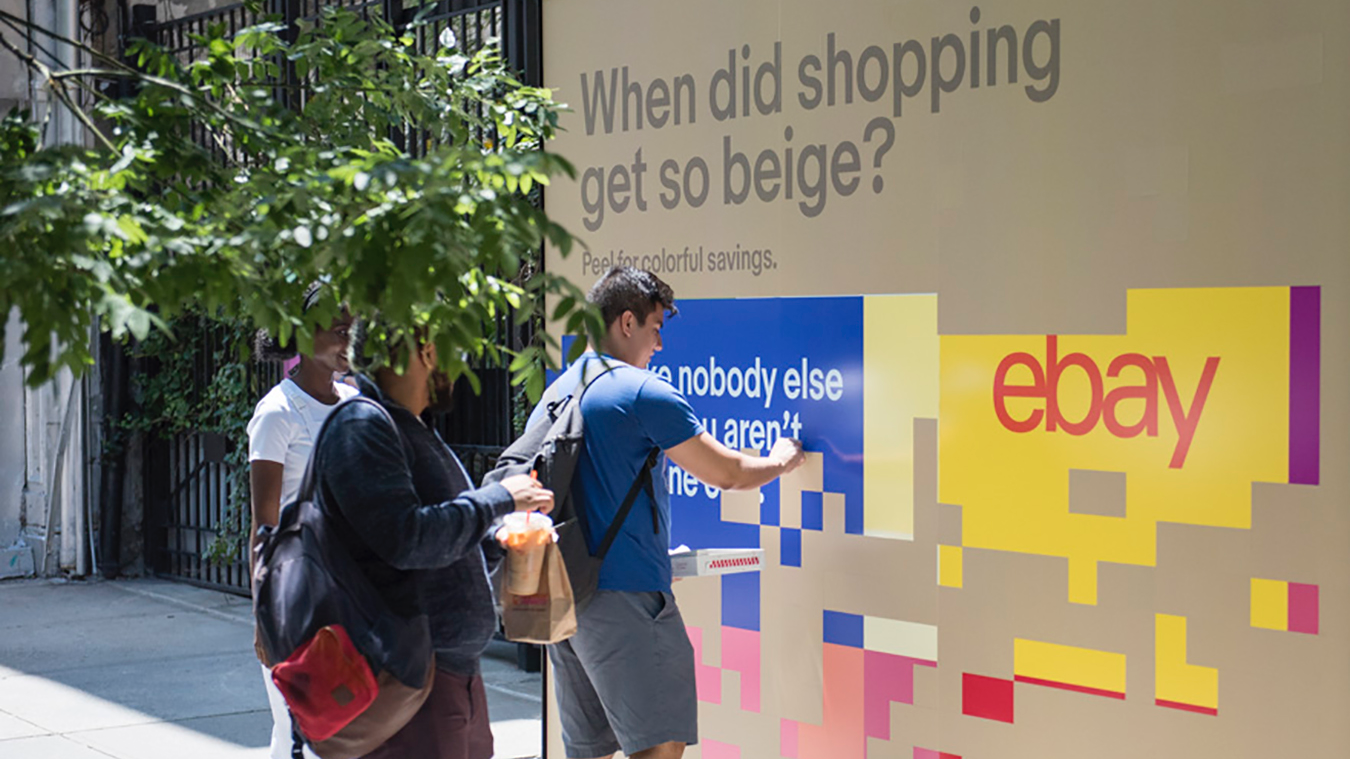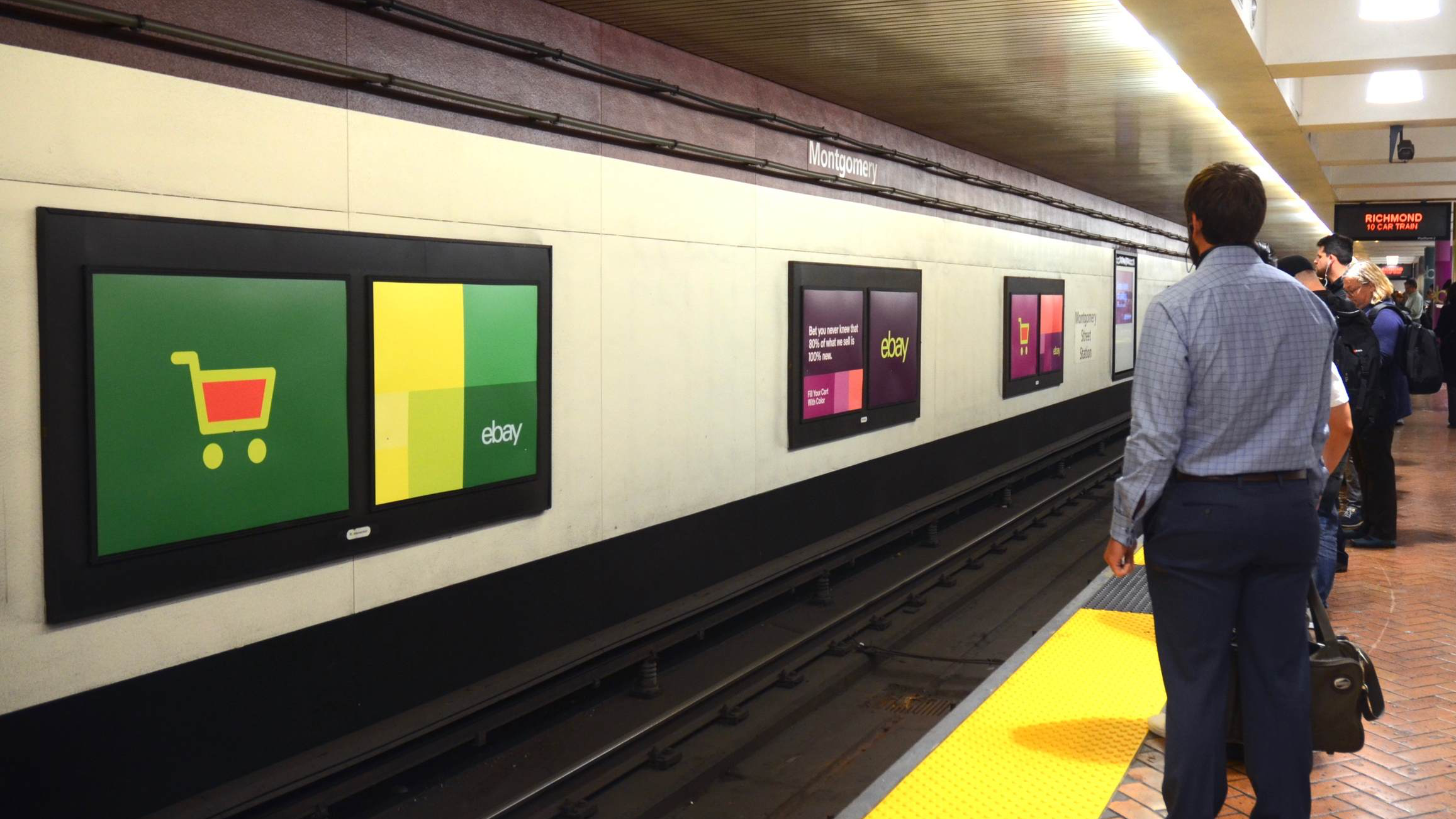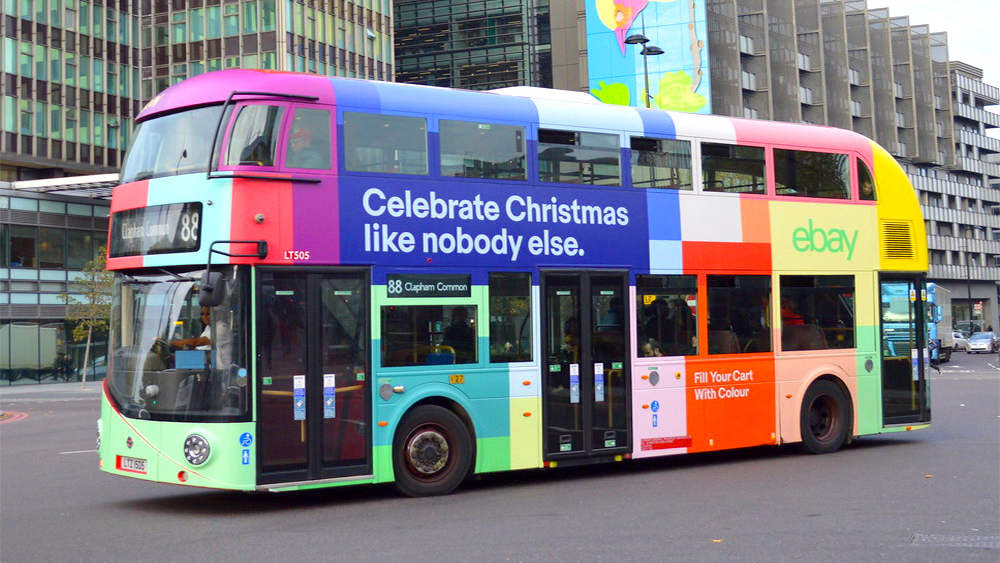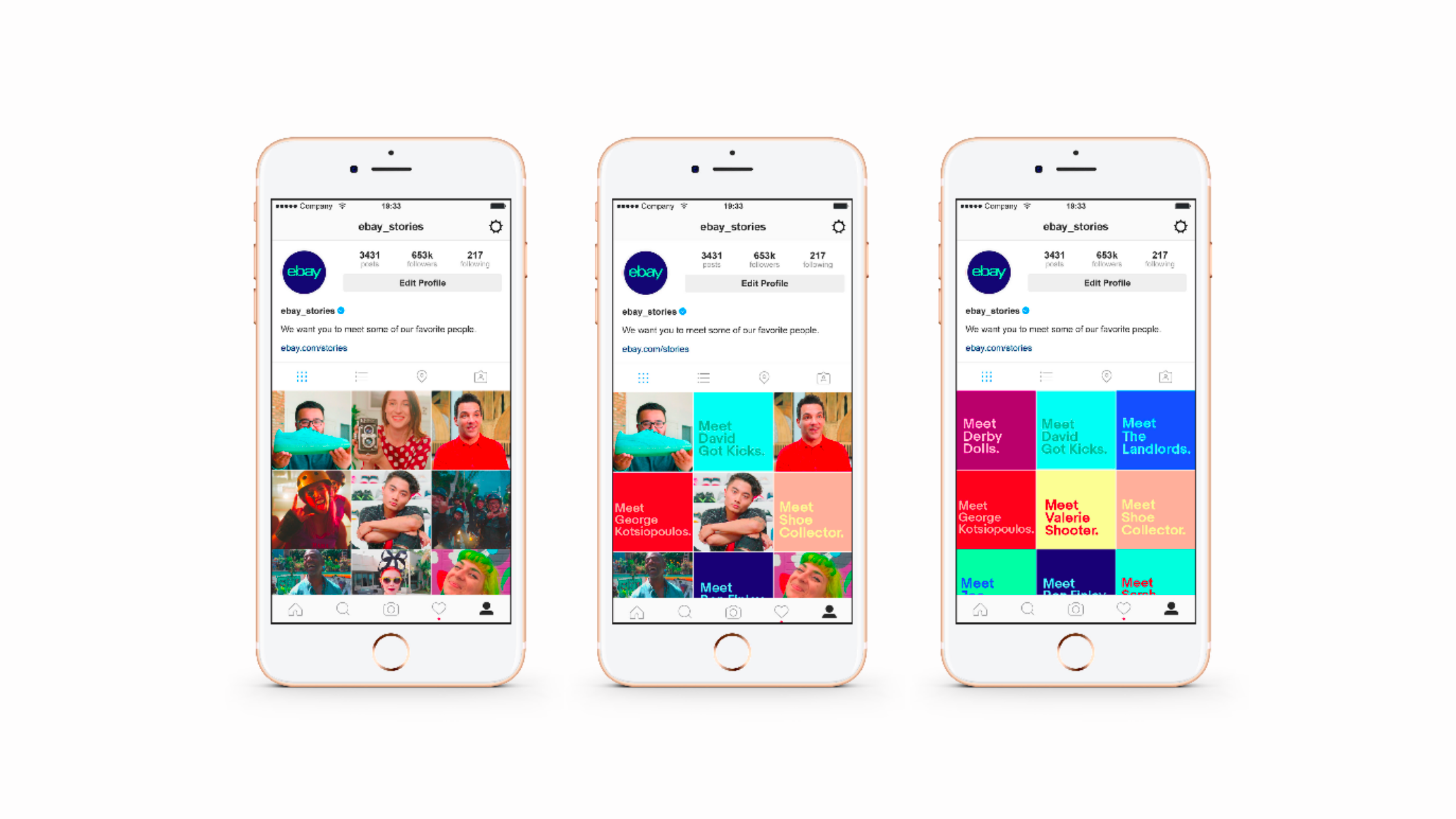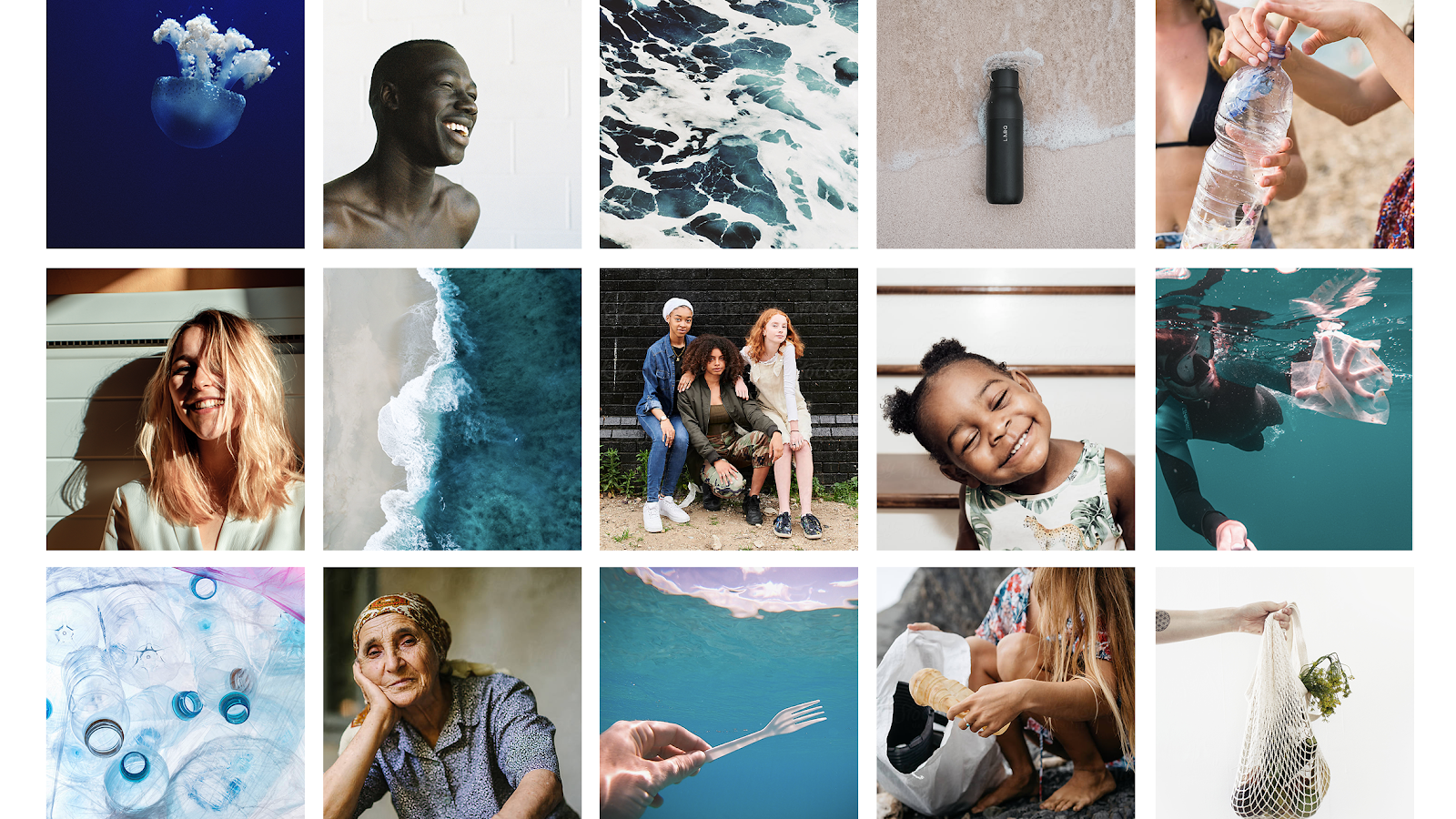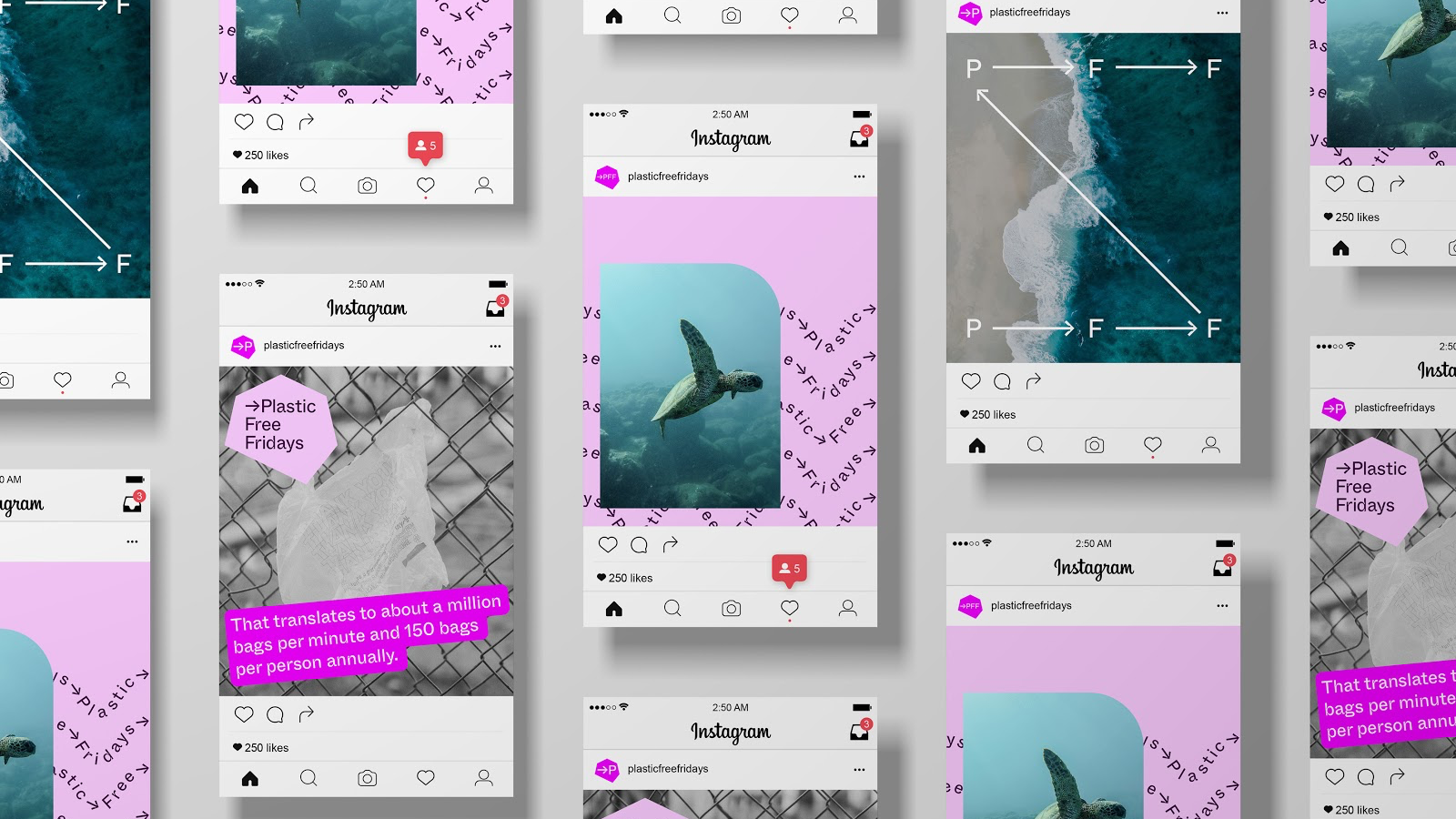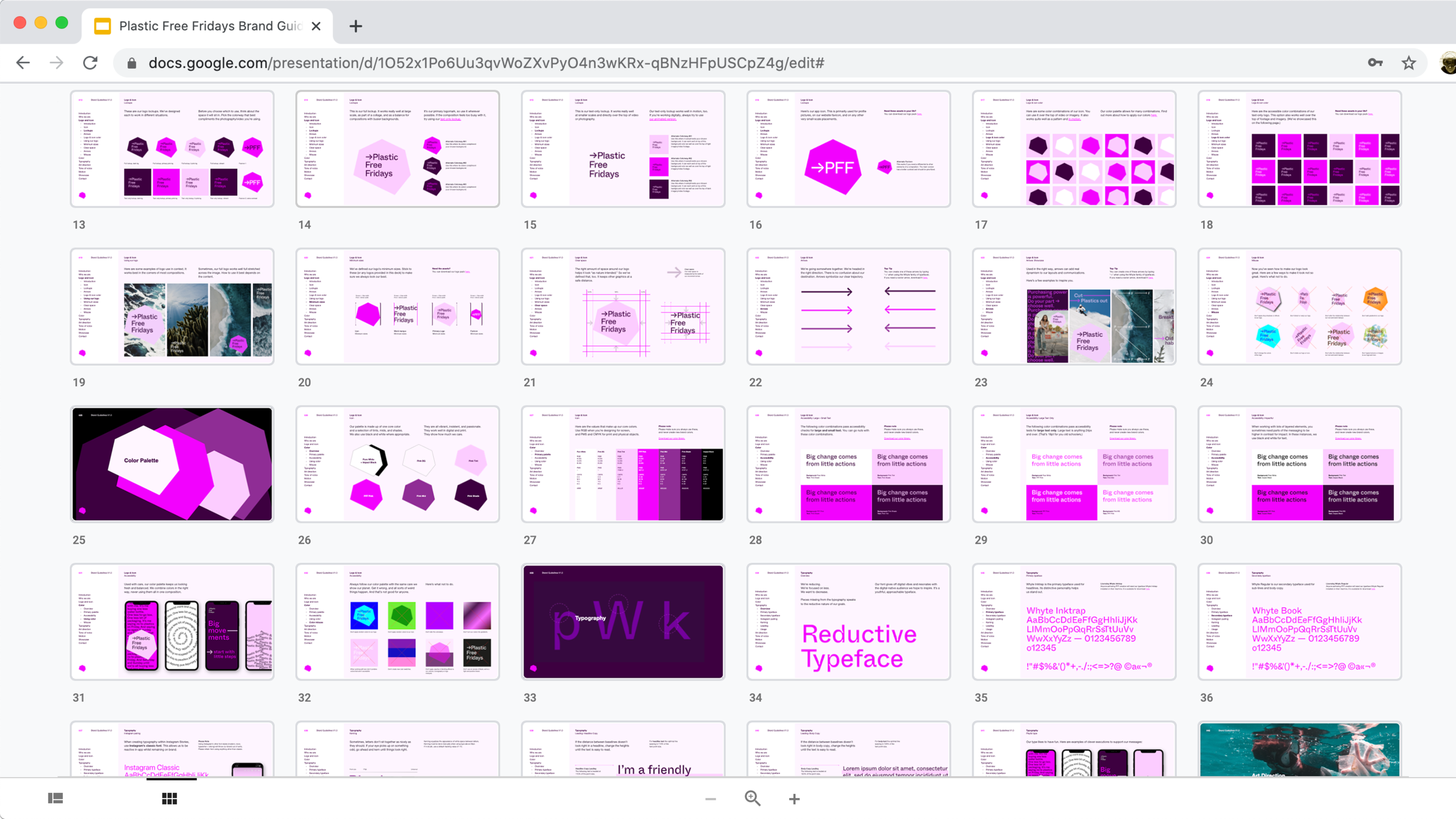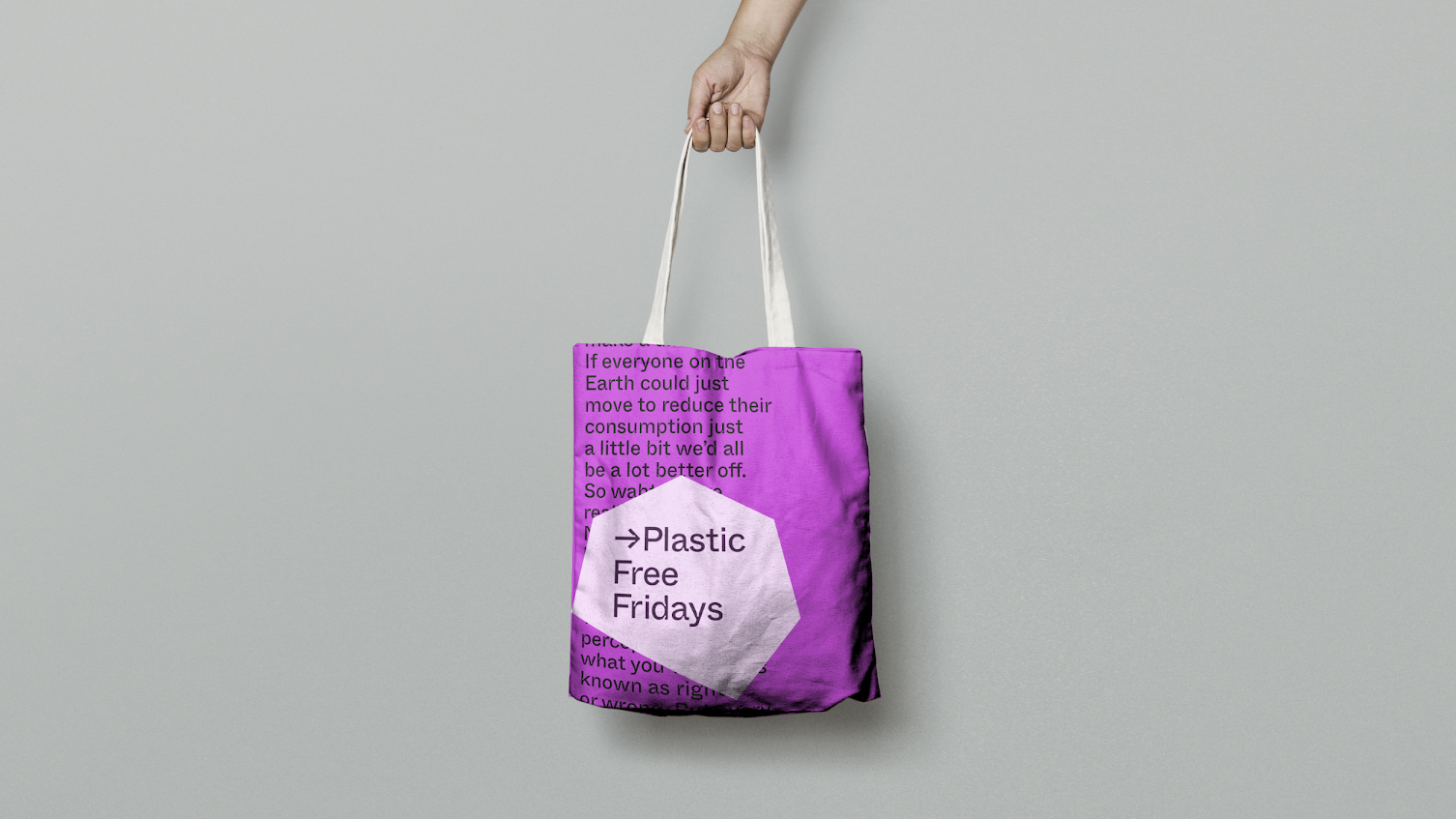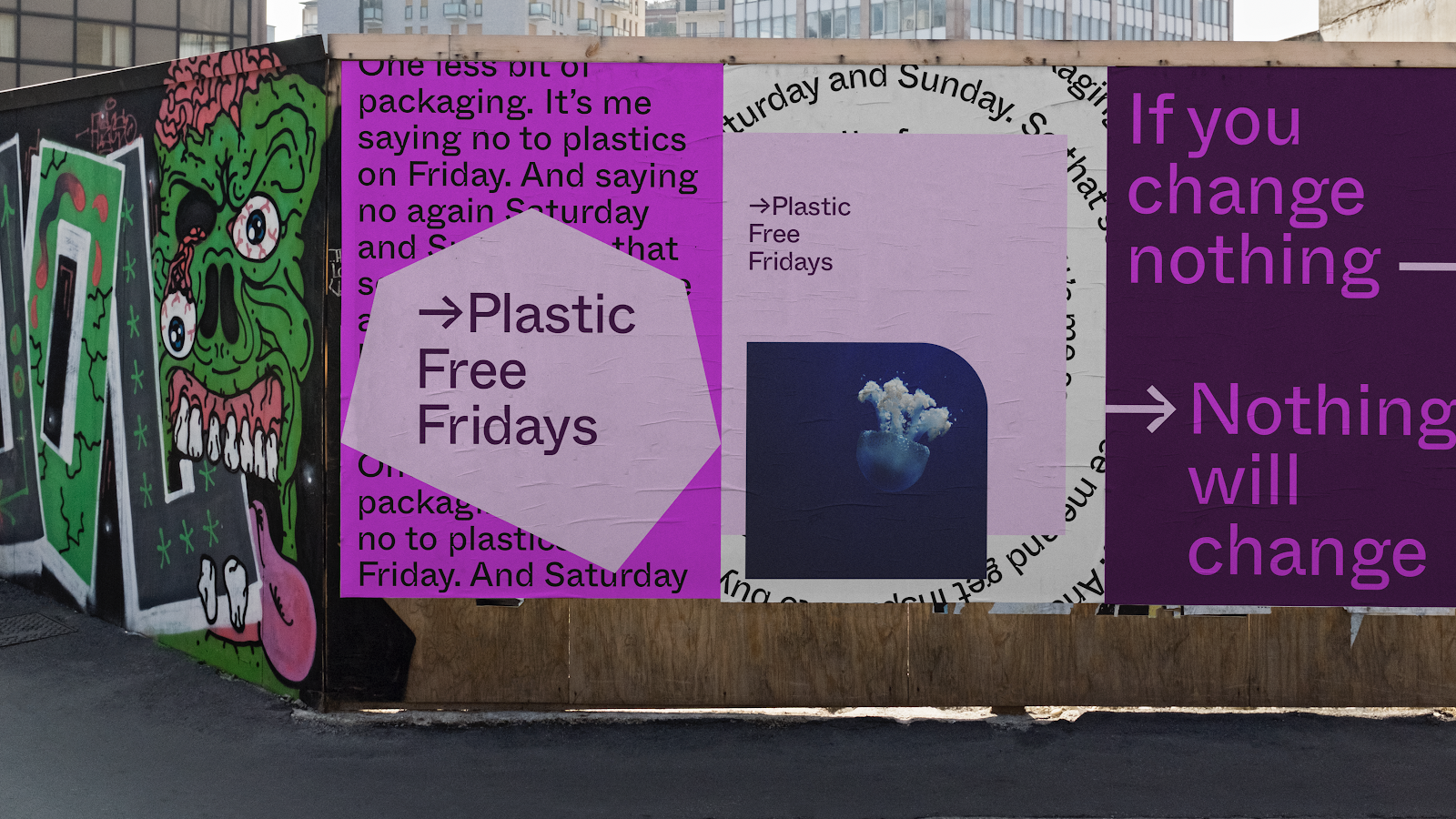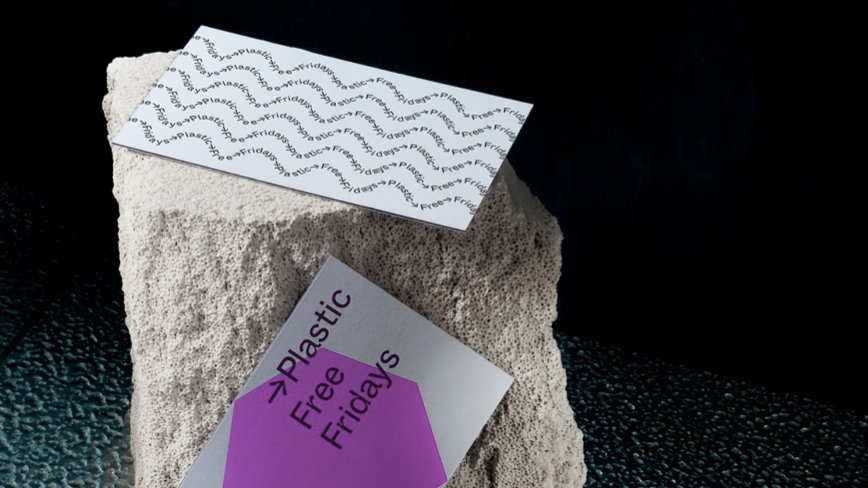Random bits and pieces of perceived marketing- and brand building wisdom, collected over a number of years in CPG and tech industries, Europe and America, operational and strategic roles. Mostly fun. Ask me anything.
Brands
Modernizing eBay
eBay is a beautiful brand with a rich history. The company pioneered the online auction model in 1995, and effectively brought commerce online. And before any social network was born, some eBay customers have gone beyond trading collectibles, to becoming pen pals, or even getting married! Many people love eBay for its charm. But the brand has gotten old, and most people don’t think of eBay when shopping online.
eBay logo evolution 1996 - 2012 - 2017
By 2016, eBay has evolved into the world’s largest managed marketplace, with a commerce offering comparable to Amazon’s. And with 99% aided brand awareness, almost everybody has heard of eBay. But unlike Amazon, eBay was not well understood: Despite looking like a retailer, in people’s minds, eBay remained the place to auction (used) things they didn’t want anymore: One man’s trash is another one’s treasure.
A compound effect of 1) low familiarity, 2) conflicting messaging and experiences, and 3) inconsistent media presence had eroded eBay’s top-of-mind awareness to single digits. Likewise, unaided awareness and brand consideration tanked to the low 30s. Meanwhile, Amazon set gold-standards for e-commerce experiences, and started dominating customers’ mind share. Accordingly, Amazon’s funnel rarely narrowed below 70%, not even bottom-funnel metrics.
To stay competitive, eBay needed to dust off its brand and drive mental and physical availability. Here’s how that journey started:
First, a new, simpler brand strategy was anchored in the ideas of diversity as a premise and individuality as a promise. eBay’s diversity of inventory, comes from a uniquely diverse set of sellers from all over the world, and appeals to a diverse population of buyers. Whereas Amazon’s algorithms coerce conformity in shopping habits, eBay’s human-powered marketplace lets everyone find their very own version of perfect, no matter what that is.
A new, more colorful brand identity took the same idea of diversity as inspiration. It would enable eBay to signal change, appeal to a broader world of consumers, and modernize its expression to create new associations with the brand. eBay could distinguish itself from the ‘beigeness’ of Amazon, while leaning into its heritage and celebrating what had always powered the platform: people, and the seemingly endless diversity of ideas and passions.
Lastly, a new creative platform brought strategy and identity to life for consumers. The “Fill Your Cart With Color” framework addressed critical brand- and business imperatives in three parts: An impassioned stand against ‘beige’ to build a provocative, modern and distinctive voice; a celebration of individuality to clarify the brand promise, and a stirring call to shop on eBay to break consumer’s Amazon habits. See how we’ve executed the first part:
CREDITS: eBay — Hae-Seon Song, Sheira Furse, Vic Ekwenuke, Karl Isaac, Marc Shillum, Emily O’Hara, Mark Kozlowski, Dave Lippman, RJ Pittman; Agencies — 72andSunny, Free Association, Elbow, Form&
Building Plastic Free Fridays
Climate change is a complex problem humans struggle to comprehend, let alone solve. It’s a lot easier for us to tackle a smaller problem, that’s easier to understand and more manageable. The idea behind Plastic Free Fridays is to provoke simple, individual actions to reduce single-use plastics from our collective daily consumption, at scale. It started in 2019 as a grassroots movement on Instagram, and it needed an identity.
As of March 1, 2020, all plastic bags are banned from distribution in the state of New York. As one of only eight states in the U.S. to do so, New York seems at the forefront of the battle against single-use plastics. But in general, the U.S. is way behind European countries, most of which have put regulations in place years ago. Nonetheless it’s a sign of new times, where consumption needs to align more sustainably with the environment’s ability to fuel it.
8 million metric tons of plastic waste leak into the ocean, each year. And it’s starting to wash up on beaches far from where it entered the seas. Not last because of ocean conservationists with a social following, there’s now heightened awareness of the issues single-use plastics create, and pent up demand for action. Consumers are ready to take action, and so the founding team of Plastic Free Fridays came together to respond.
It started with a call to action on Instagram: Every Friday, we would pledge to go completely plastic free. Here’s the story of how we built this brand:
Plastic Free Fridays is a human-powered movement, designed to motivate people to refuse single-use plastics each Friday, and form habits for sustainable consumption. A three-pronged strategy helps raise awareness to make people see the consequences of single-use plastics trash; educate to help people find ways to avoid single-use plastics; and inspire people to take individual action for collective impact.
In a sea of blue and green activist brands and non-profits, we designed Plastic Free Fridays’ brand to stick out like a sore thumb. The brand’s visual identity is fueled by a unique, dynamic shape and the signature hot pink color way, representing vibrancy, insistence and passion. A complete, digital-first brand style guide was built out, with a specific view on simple, branded UGC to be built inside Instagram.
Plastic Free Fridays leverages the power of social media influencers to shape a narrative around ways to avoid single-use plastics. Through Instagram’s visual-forward platform, we actively tap into people’s desire to ‘do the right thing’, capitalizing on both cultural appeal and social pressure to drive behavior. With increasing momentum, the brand will add systemic efforts on community-, corporate and governmental levels.
CREDITS: #PlasticFreeFriday — Sierra Quitiquit, Meg Haywood-Sullivan; Agencies — Feed, So Far / So Good



